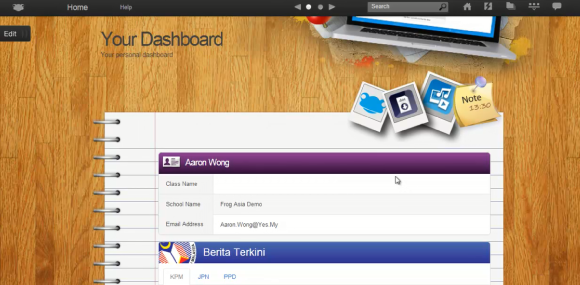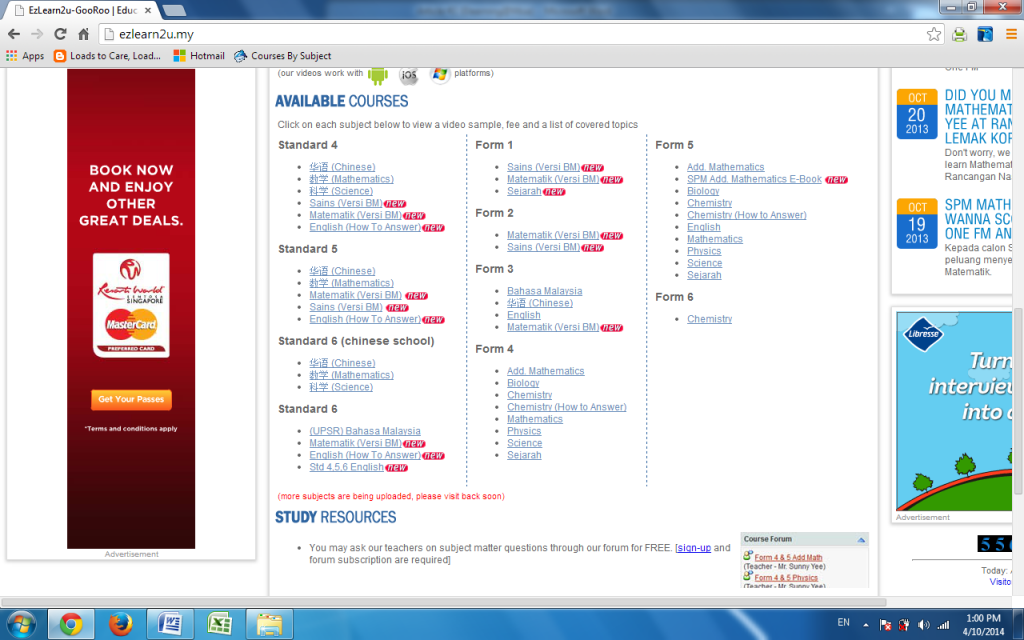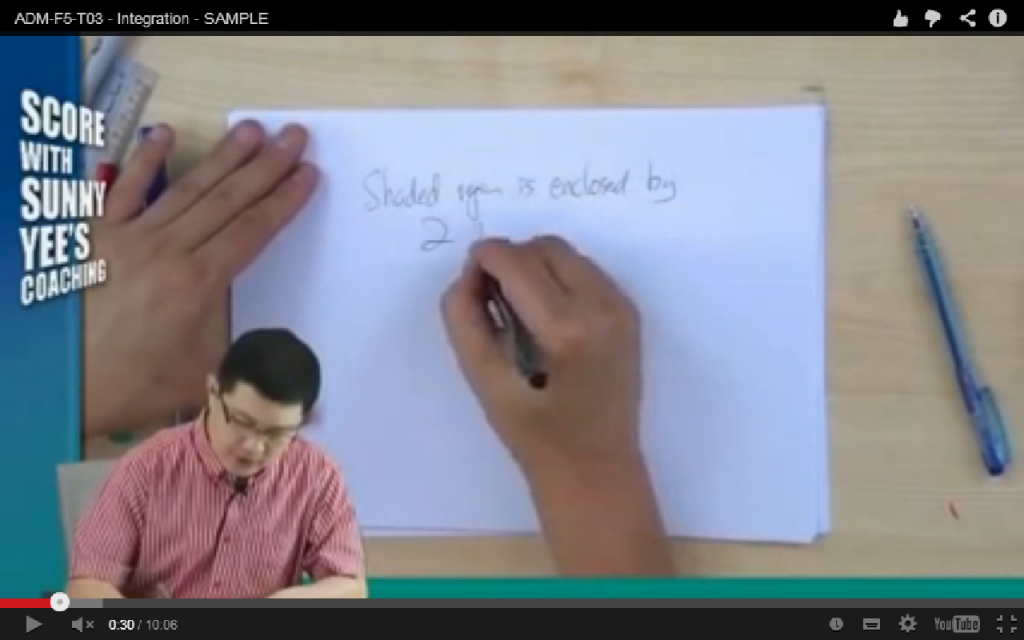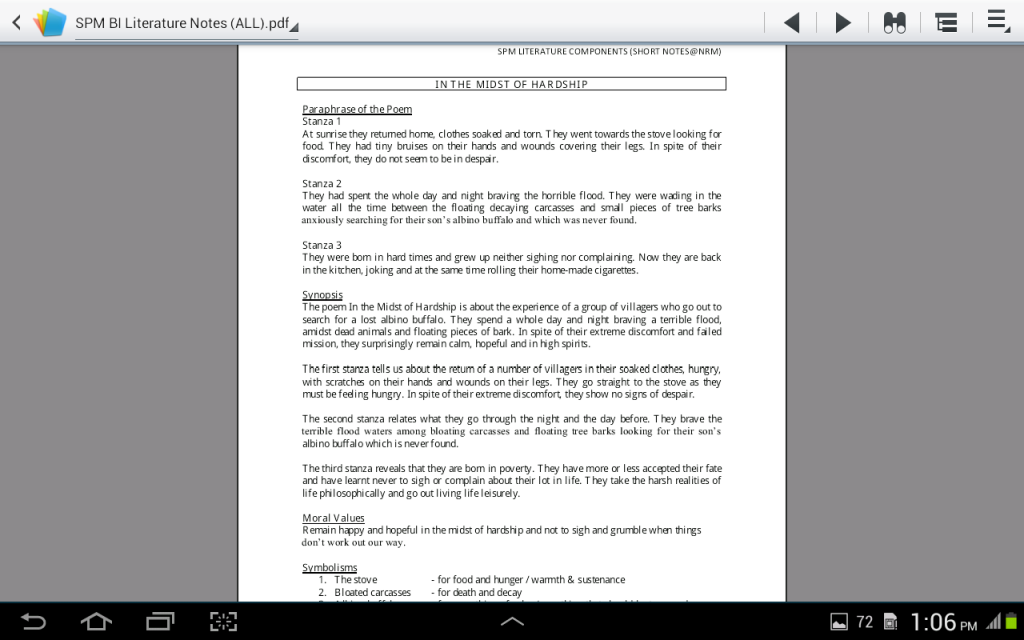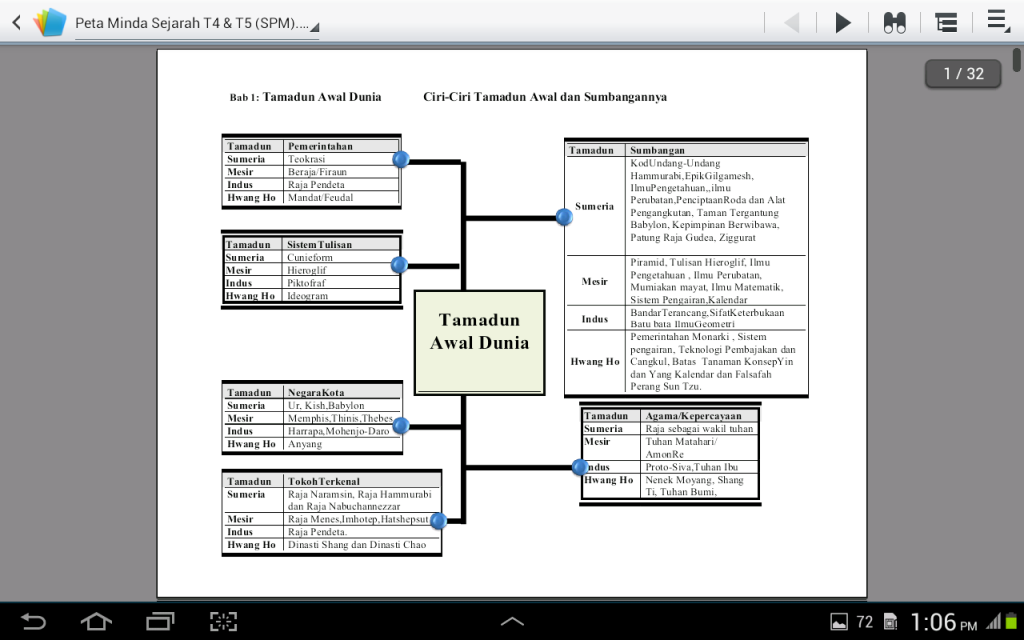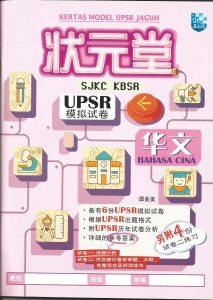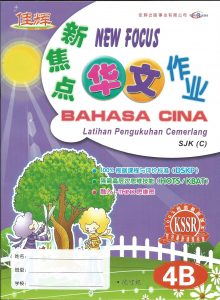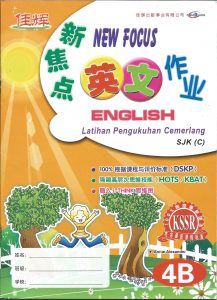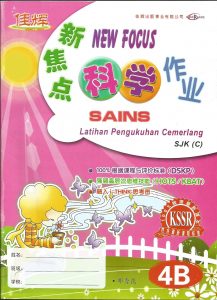The concept of E-Learning in Malaysia has been listed as one of the key components of the National Key Economic Areas (NKEAs) of Malaysia, under the Economic Transformation Programme, which drives our beloved country, towards achieving high-income status as well as global competitiveness and to this, one of the efforts vividly put in by the government, particularly the Ministry of Education is through the 1BestariNet project. According to Wikipedia, the term ‘E-Learning’ is defined as the use of electronic media and information and communication technologies (ICT) in education. It is broadly inclusive of all forms of educational technology in learning and teaching and always related to multimedia learning, technology-enhanced learning (TEL), online education, virtual learning environments (VLE) and others. Before we move on any further, let us look at the 1BestariNet project initiated by the Ministry of Education on par with the government’s vision of providing quality and internet-enabled education for all.
THE 1BESTARINET PROJECT – VLE
The 1BestariNet project is where FrogAsia is bringing the future of education to every student, parent and teacher throughout Malaysia. The entire education community is brought together into this network consisting of 5 million students, 4.5 million parents and 500,000 parents. Based on the Malaysia Education Blueprint (2013-2015), launched by Deputy Prime Minister Tan Sri Muhyiddin Yassin, there are a total of 11 shifts listed down. One of the shifts that I would love to highlight here is to leverage ICT scale up quality learning across Malaysia. To this, internet access and Virtual Learning Environment (VLE) has been provided by the Ministry of Education for all 10,000 schools by 2013. Students and parents are given the IDs and passwords to login to the 1BestariNet website:-
Next, the user will be given a dashboard with various features in it. In many schools, it is proven to be effective in handling assignments as assignments can be sent and marked on-the-go, even during school holiday. At the same time, this platform promotes paper-free learning process. The school can also post the latest announcements on the school’s dashboard itself. Forums, Frog Store, The Pond and others are among the most common features available. This indirectly provides students with a different, interactive and more interesting study environment.
Thus, this project in which the Ministry of Education of Malaysia cooperates with FrogAsia, YTL, leverages on FrogTrade’s, United Kingdom with 13-year track record and expertise in integrating technology into schools is truly effective and beneficial.
EZLEARN2U PORTAL- SPONSORED TO PERAK STUDENTS BY STATE GOVERNMENT
On the other hand, I would also love to share one of the efforts initiated by the Perak State Government to help students in their study, ranging from UPSR standard to STPM. Last year, Menteri Besar, Datuk Seri Dr Zambry Abd Kadir has officially lauched the e-learning portal, Ezlearn2u, which has helped 237,971 students in Perak through this learning menthod. Students are provided with a password for free to enjoy this facility which looks like a tuition session, but conducted in a more interactive manner.
To be honest, this portal (Ezlearn2u) has helped me a lot in my studies. As mentioned earlier in my previous article, student like me could hardly find time to actually sit in the classroom to listen to lectures. Hence, through this way, I was able to learn whenever I want. All I need is just internet access and a tablet PC, computer or even just with my Android Smartphone or iPhone. I managed to learn things that I have missed out when I was not in school and away for competitions and other programmes. Most of the subjects in SPM such as Additional Mathematics, Biology, Chemistry, Mathematics, Physics, Science, Sejarah and others are taught chapters by chapters in the videos recorded. Nevertheless, most of the subjects in UPSR and Form 1 – Form 6 are also available. The tutors are all very experienced and dedicated in teaching field. This teaching method is somehow different from the others in which the step-by-step teaching is clearly illustrated with mindmapping, application and examples. Due to the tutors’ vast experience in conducting seminars, workshops and tutorials, I believe they fully understand the students’ weaknesses and their needs.
TABLET PC & SMART DEVICES MADE LEARNING EASIER
Sometimes, we must make good use of the electronic gadgets. One of the ways is by using it for e-learning purpose. For instance, I use my Samsung Galaxy Tab2 10.1 to do my revision whenever I am free, at anytime, anywhere. We can actually store notes or perhaps some animations made by ourselves or downloaded from the internet in our smartphones or tablets/iPads so that we can learn on-the-go. Mindmaps or short notes are highly recommended.
E-BOOKS
Furthermore, ebooks are indeed popular nowadays, whether the document is in PDF or Doc formats. Ebook is actually an electronic book published in digital form consisting of text, images, or both and readable on computers or other electronic devices. There are a lot of advantages of Ebooks. First of all, it is mobile. Ebooks indirectly help to bring us to a a whole new different library in this century. It is somehow a virtual library which is cheaper, space saving and offers 24/7 service. Jobs like copying and pasting in homework or assignments are also made easy. Searching for information is made a lot easier with the features that Ebooks have to offer. Decades ago, if we want to complete our homework, we had to go to the libraries, immerse ourselves in the ocean of books, opened up thousand and millions of pages for the sake of looking a single line of information. For Ebooks, we can always use ‘Find On Page’ feature to look for information in a particular book. Sounds, oral reading, videos or animations are also widely available in Ebooks. In general, Ebook provides accessibility and flexibility for users.
INTERACTIVE LEARNING MATERIALS
On top of that, education is made a lot easier when technology is applied. Classes are made more interactive by using multimedia animations. ‘MyCD’ and ‘Teaching Coursewares’ introduced by the Ministry of Education transform dull and boring classes to interesting and lively classes. According to Shaaron Ainsworth, a psychologist from University of Nottingham, United Kingdom, she claimed that students absorb much easily through animation. For instance, biology students understand faster about the blood transport system when video clips of how deoxygenated blood from body cells are transported to the right atrium via vena cava and how oxygenated blood is transported to our body cells. Furthermore, according to Ahmad Rizal and Mohd Noor, researchers from Universiti Tun Hussein Onn Malaysia, they have proven that multimedia does not only make learning process more effective, it promotes cognitive skills through ‘Active Learning’ process with the aid of teaching coursewares.
THE DRAWBACKS
Despite the fact that new technology has brought about various benefits in the education world via ebooks, multimedia animations, videos and interactive learning material, it can bring many negative impacts to us if we do not make good use of it. There is a Chinese saying which goes, ‘Water can transport boats, yet it is able to sink it’. A very simple example would be when students spend too much time with their computers or Smart devices, they might be doing something else instead of just studying. Issac Asimov, an eminent American author and professor of biochemistry once said, “The saddest aspect of life right now is that science gathers knowledge faster than society gathers wisdom”. In fact, technology brings negative influence on our daily productivity. Students tend to spend lesser time studying and doing homework. In fact, they waste most of their time on social networking sites like ‘Facebook’, ‘Myspace’, ‘Twitter’ and others. 83% of youths around the world have Facebook accounts. “Our study shows people who spend more time on Facebook spend less time studying”, said Aryn Karpinski, a researcher from Ohio University. National Literacy Trust also reported that youngsters are spending up to 6 hours a day in front of the computer screen, surfing social network sites and 75% of the pupils all over the world ranked social network sites and gaming websites above books. Social networking users also loves to procrastinate work. Therefore, excessive use of technology decreases our daily productivity.
Karl Marx, a Prussian-German philosopher and revolutionary socialist once said, “The production of too many useful things results in too many useless people”. Hence, steps have to be taken to ensure technology is not misused to the extent where people are almost entirely controlled by technology. Last but not least, if one really makes good use of technology, one can definitely be benefited from the world of technology.
Ng Ray Man was a Head Prefect, a national-level debater and a straight-A scorer all his life. He reveals tips and tricks on using E-Learning in this guest post for Peekabook.

